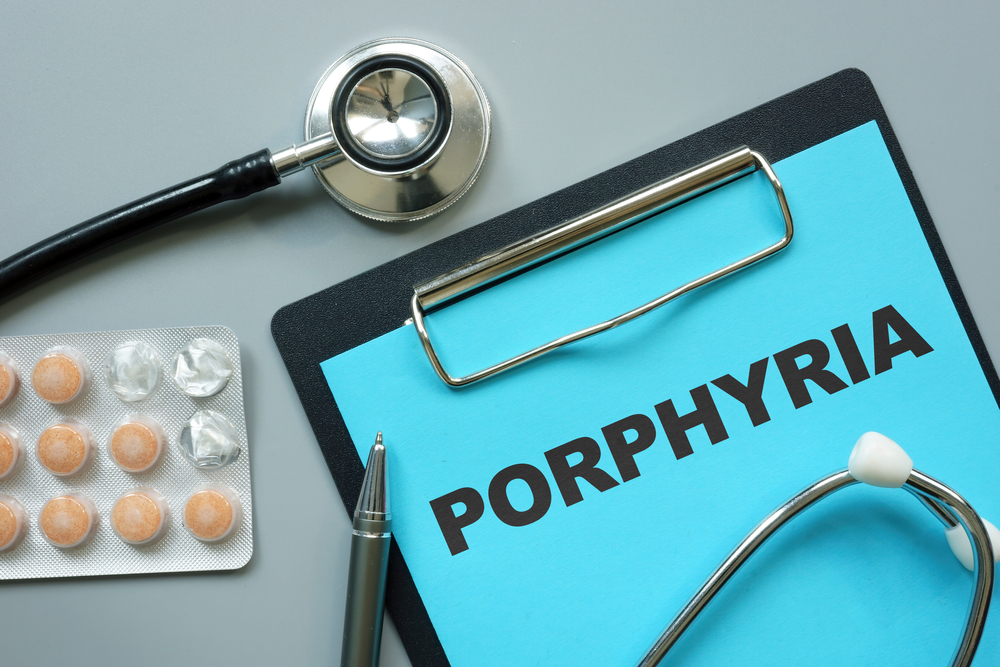DIAGNOSIS
As a cliché, because it is, prevention is healthier than cure. So, if your parents have porphyria, it’s advisable to hunt a genetic counsellor’s advice moreover if you have already got the disease to forestall your children from inheriting within the future. Doctors sometimes find it hard to diagnose if you have got porphyria since the symptoms are like those of other diseases or illnesses. Suppose there’s a clear stage that you may need it, your doctor may order either a complete blood count test if you’re experiencing irregularities in your vital signs, fecalysis if there’s abdominal pain, vomiting, or diarrhea and urinalysis if you have got urination problems. Sometimes the doctor may suggest you undergo all the tests to identify which specific type/form of porphyria you’ve got.
TREATMENT
The treatment and medicine also differ between acute and cutaneous porphyrias:
- For acute porphyrias, the doctor may prescribe Givlaari™ (givosiran), the drug significantly reduces the toxins during an episode/attack of pain, nausea, and vomiting, which generally require hospitalization or medical attention. The doctor may suggest that you take glucose orally or into your veins through an IV. Your doctor may offer you PANHEMATIN® (hemin for injection) an iron-containing porphyrin with chlorine that’s formed from a heme group like heme B found in hemoglobin that provides the blood with its red colour.
- For cutaneous porphyrias, your treatment might include phlebotomy or the regular removal of your blood to minimize the iron in your liver and low doses of chloroquine or hydroxychloroquine to avoid malaria. Staying out of sunlight or even artificial light and wearing protective clothing while outdoors can prevent triggering the symptoms of the disease.
You can ask for advice from and have a consultation with a dermatologist if it’s skin-related, hematologist if it’s blood-related, hepatologist for liver-related, and as mentioned above, genetic counsellor if you’ve inherited the disease from your parents or you don’t want your child to get diagnosed with it.


